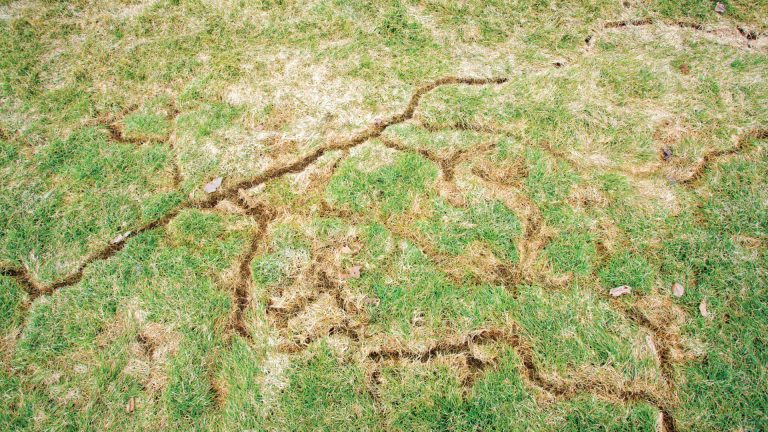Taking Care Of Vole Damage: Effective Control Approaches
Comprehensive Overview to Efficient Vole Insect Control: Infestation Recognition and Therapy Techniques
In the world of efficient insect control, vole infestations posture an one-of-a-kind difficulty that demands a calculated method. These small rats, commonly mistaken for computer mice, can create havoc on yards, yards, and plants if left unchecked. Determining the indicators of vole presence and applying targeted therapy approaches are crucial components of a successful insect administration strategy. By checking out the nuances of vole habits, understanding vital signs of problem, and assessing a variety of control alternatives, one can create a comprehensive technique to fight these elusive parasites.
Comprehending Vole Actions
Vole habits is defined by their tunneling practices and quick recreation rates, making them a tough bug to manage efficiently. These tiny rodents typically develop intricate tunnel systems underground, using them for shelter, food storage space, and transport. Voles are herbivores, consuming a range of plants, bulbs, roots, and grasses, which can create significant damage to yards, orchards, and grass. Their fast reproductive price further complicates control initiatives, with women efficient in creating numerous litters in a solitary year, each including several offspring.
Recognizing vole behavior is vital for effective bug control techniques. By recognizing their burrow locations, checking feeding areas, and executing targeted control approaches, such as trapping or habitat alteration, vole infestations can be handled successfully.
Signs of Vole Invasion

Avoidance Methods
Executing effective prevention methods is critical in decreasing vole infestations and guarding greenery from their destructive feeding habits. To prevent vole problems, it is crucial to begin by getting rid of prospective food sources and sanctuary.
Regularly evaluating the property for indicators of vole activity, such as paths and tunnel openings, is important for early discovery and punctual activity. If vole activity is suspected, take into consideration utilizing catches or repellents tactically placed near their paths. Utilizing natural predators like owls or snakes can also help maintain vole populaces in check. By implementing a mix of these avoidance techniques, homeowners and gardeners can successfully protect their plants from vole damages.
Non-Lethal Control Approaches
To properly take care of vole populaces while focusing on humane techniques, non-lethal control techniques provide useful remedies for reducing vole damage in landscapes and yards. These obstacles can be hidden at least 12 inches curved and deep at a 90-degree angle to avoid voles from tunneling below.
Lethal Control Options
One efficient method for addressing vole invasions in landscapes and gardens entails the calculated use deadly control options. When confronted with an extreme vole invasion that non-lethal approaches have stopped working to include, implementing deadly control actions ends up being critical. One frequently employed deadly control option is making use of snap catches. These catches are created to promptly and humanely eliminate voles upon activation, making them a popular selection for lots of garden enthusiasts and landscaping companies. To increase the efficiency of snap catches, it is suggested to position them in areas where vole activity is high, such as along paths or near burrow entries. Another deadly control choice is the application of toxic baits particularly developed to target voles. These lures consist of poisonous substance that is ingested by the voles, resulting in their eventual demise. Caution must be exercised when using harmful baits to avoid damage to non-target animals or family pets. On the whole, when using lethal control options, it is necessary to do so responsibly and according to local guidelines to efficiently handle vole invasions.
Final Thought
To conclude, reliable vole bug control requires a comprehensive understanding of vole actions, identification of indicators of invasion, execution of prevention strategies, and use of both non-lethal and deadly control approaches. By integrating these strategies, individuals can properly handle vole populations and shield their building from damage. It is very important to attend to vole problems immediately to avoid further concerns and reduce the influence on the surrounding atmosphere.
Provided the detailed tunnel systems and quick recreation prices characteristic of voles, recognizing the indicators of vole problem ends up being vital in effective parasite control. One of the main signs of vole visibility is the presence of surface area runways or tracks in lawn or snow, generally concerning 1-2 inches wide, produced as voles take a trip find here between their burrows and food resources.To properly handle vole populaces while prioritizing humane approaches, non-lethal control strategies use practical services for lowering vole damages in yards and landscapes.One effective technique see it here for dealing with vole invasions in landscapes and gardens entails the tactical use of dangerous control choices. vole control utah.In conclusion, effective vole pest control calls for a detailed understanding of vole habits, recognition of signs of problem, execution of prevention techniques, and usage of both lethal and non-lethal control methods